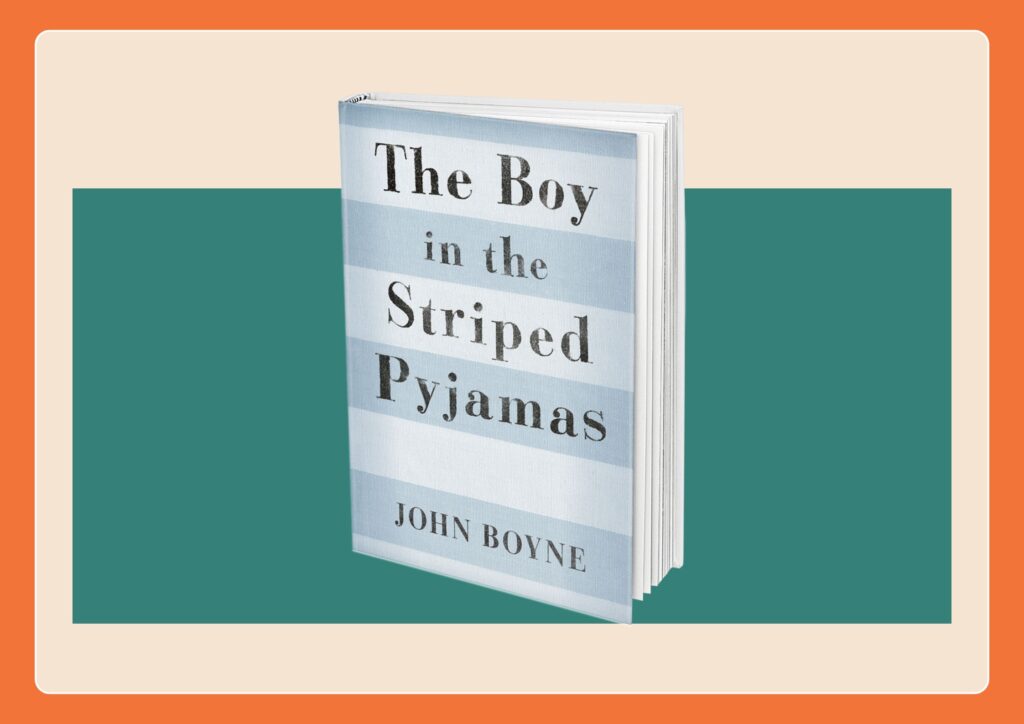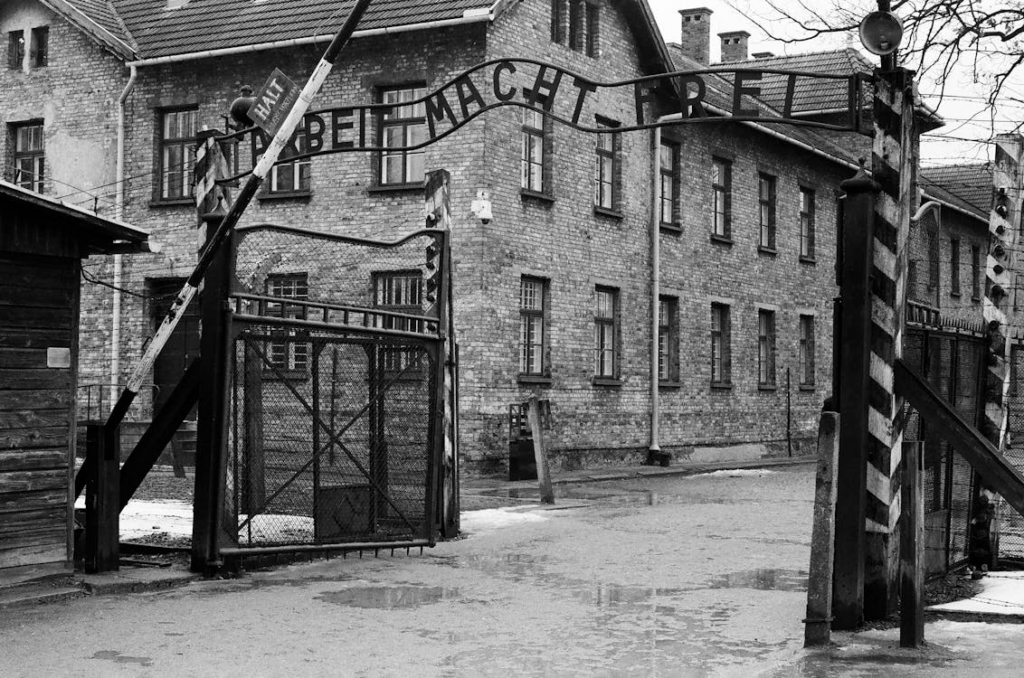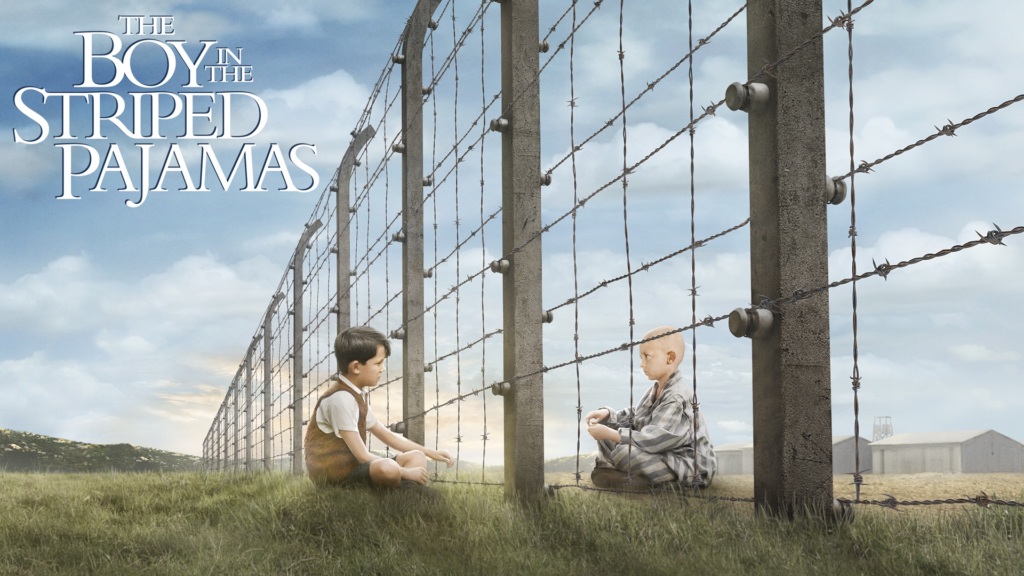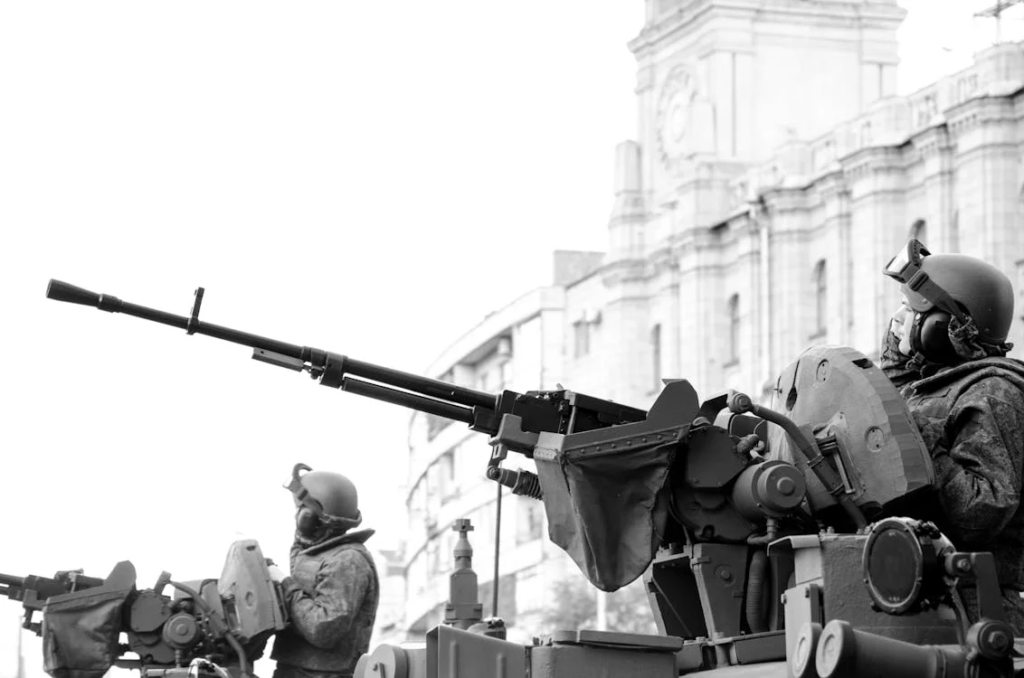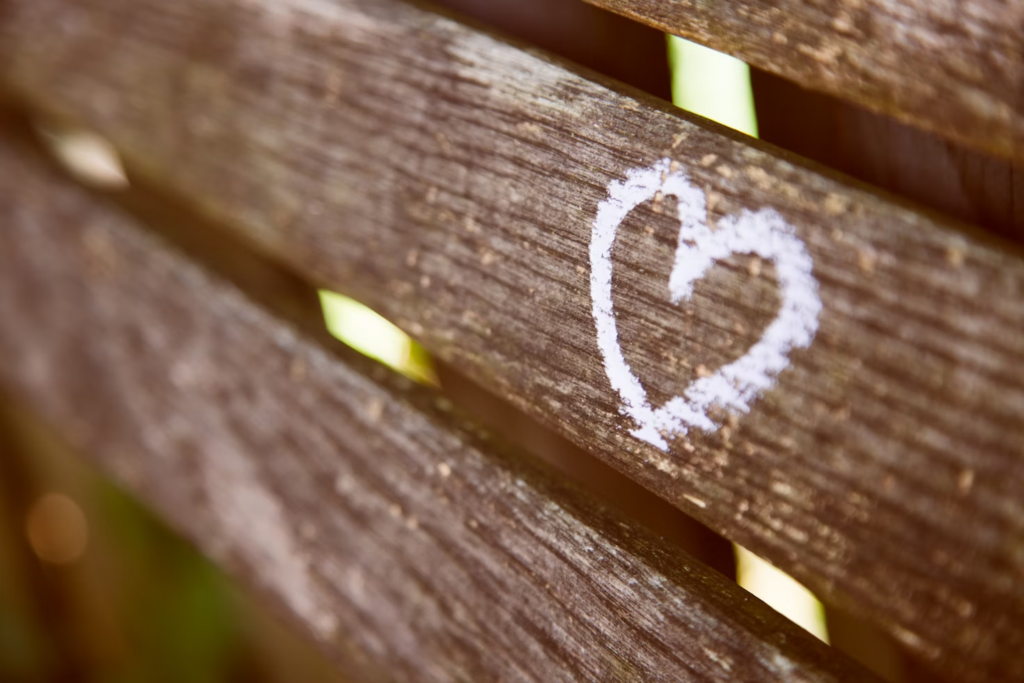"Between the ages of 16 and 18, the books your teen reads can do more than improve academic performance—they can shape how they see the world, understand themselves, and step confidently into adulthood."
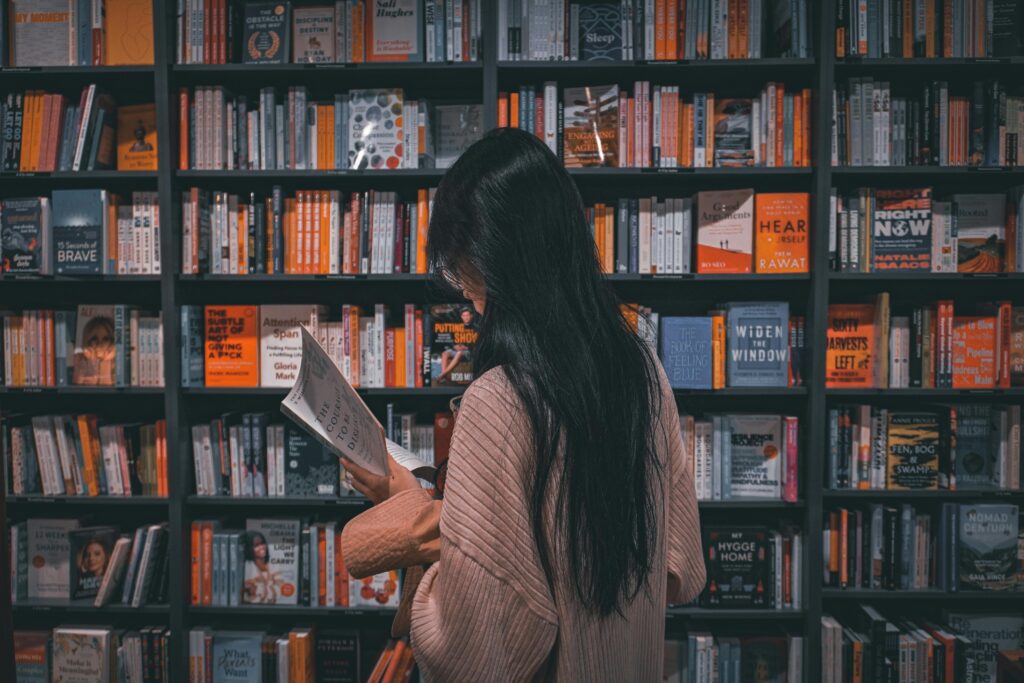
Helping your teenager develop language proficiency and moral strength through these transformative reads.
Introduction: Why Reading Matters for Teen Development

At Curio, we witness daily how literature shapes young minds. As educators committed to your teen’s success, we believe that fostering strong English language skills and character development extends well beyond our virtual classroom walls. One of the most powerful tools we recommend to parents is thoughtfully selected literature – books that challenge, inspire, and transform teenagers during these most formative years.
We understand intimately that the period between 16 and 18 years is crucial for intellectual and personal development. Your teen is preparing university applications, developing career aspirations, and forming the core values that will guide them into adulthood. In our extensive experience working with hundreds of students, we’ve seen how reading the right books during this pivotal stage can dramatically enhance vocabulary, comprehension, critical thinking abilities, and moral compass in ways that traditional curricula alone simply cannot achieve.
The books we’ve selected for this list aren’t merely academic exercises – they’re transformative experiences that expand worldviews, challenge assumptions, and develop the emotional intelligence that’s so crucial for success in university and beyond. As your educational partner, we’ve thoughtfully compiled ten exceptional books that accomplish dual objectives: significantly improving English language mastery while nurturing essential character traits like empathy, resilience, courage, and integrity.
Let’s explore these transformative reads that we’ve seen benefit our students both academically and personally, and discover how they might similarly impact your teen’s development.
1. “To Kill a Mockingbird” by Harper Lee

Language Benefits: We’ve observed how this American classic introduces our students to sophisticated literary techniques including symbolism, foreshadowing, and narrative perspective. The distinctive Southern dialogue and legal terminology expand vocabulary in contextually meaningful ways. Our students particularly benefit from analysing Scout’s narrative voice, which demonstrates how perspective shapes storytelling – a crucial skill for A-level English and university essays. The formal courtroom language contrasted with colloquial dialogue provides an excellent study in register and tone.
Character Development: In our discussions with students, few books match “To Kill a Mockingbird” in teaching moral courage and standing up for justice despite societal pressure. Through Atticus Finch’s principled defence of Tom Robinson in a racially charged environment, we’ve seen teenagers learn about integrity and fighting for what’s right regardless of personal cost. The novel’s exploration of empathy through the memorable instruction to “climb into someone’s skin and walk around in it” resonates deeply with our students, particularly those navigating complex social situations.
Discussion Points We Recommend: Ask your teen about instances where they’ve witnessed injustice at school or among peers. How did they respond? What would Atticus Finch do in similar situations they face today? We find that connecting literature to personal experience dramatically increases engagement and retention.
2. “1984” by George Orwell

Language Benefits: We’ve found Orwell’s dystopian masterpiece introduces older teens to political discourse, propaganda analysis, and conceptual vocabulary that enriches their expression. The author’s clear, precise prose serves as an excellent model for persuasive writing – a critical skill we help develop for university essays. Orwell’s deliberate language choices, particularly his exploration of how language shapes thought through “Newspeak,” provides our students with insight into the power of precise communication.
Character Development: In our tutoring sessions, this thought-provoking novel encourages teenagers to question authority appropriately, think independently, and value intellectual freedom. In an era of social media algorithms and information bubbles, we believe these lessons have never been more relevant. The protagonist’s struggle to maintain independent thought amid overwhelming pressure offers valuable lessons about intellectual integrity and the courage required to stand apart from the crowd.
Discussion Points We Recommend: Discuss parallels between the surveillance state in “1984” and modern concerns about privacy and technology. How can we balance security with personal freedom?
3. “The Alchemist” by Paulo Coelho

Language Benefits: Though written in accessible prose, we’ve seen this international bestseller expose our students to philosophical concepts and allegorical storytelling. Its translation from Portuguese retains beautiful, lyrical qualities that demonstrate how simplicity can convey profound ideas. The novel’s straightforward yet evocative language offers an excellent counterpoint to more complex texts, showing how clarity can enhance rather than diminish meaning.
Character Development: Santiago’s journey teaches resilience, the importance of following one’s dreams, and recognising meaningful coincidences in life. We’ve watched this narrative help teenagers understand that setbacks are often disguised opportunities. The protagonist’s willingness to risk comfort for growth resonates particularly with students facing important life decisions about university and career paths. Its spiritual dimensions also provide a vocabulary for discussing purpose and meaning in ways that transcend materialistic metrics of success.
Discussion Points We Recommend: Ask your teen about their own “Personal Legend” (life purpose) and what obstacles they anticipate facing. How might they apply Santiago’s perseverance to their own goals? We’ve found this book particularly effective for helping students articulate personal aspirations beyond conventional expectations.
4. “Pride and Prejudice” by Jane Austen

Language Benefits: Austen’s masterpiece introduces our students to formal 19th-century English prose, witty dialogue, and sophisticated sentence structures. Her nuanced characterisations help readers develop inference skills – understanding what characters truly mean beyond their words. The novel’s famous opening line alone provides an excellent study in irony and authorial voice. Our students report that after reading Austen, they develop a more sophisticated understanding of tone and implication in both literature and daily communication.
Character Development: Through Elizabeth Bennet’s journey, we’ve seen teenagers learn about overcoming first impressions, acknowledging personal biases, and growing through self-awareness. These social intelligence skills prove invaluable in university interviews, workplace scenarios, and personal relationships. The gradual evolution of Elizabeth’s understanding of both Darcy and herself offers a powerful model for intellectual humility and the willingness to revise one’s judgments.
Discussion Points We Recommend: Discuss how judgment and prejudice manifest in modern social settings. How can recognising our own biases lead to better relationships? We’ve found that parallels between Regency-era social constraints and contemporary social media pressures create particularly fruitful discussions.
5. “The Hate U Give” by Angie Thomas
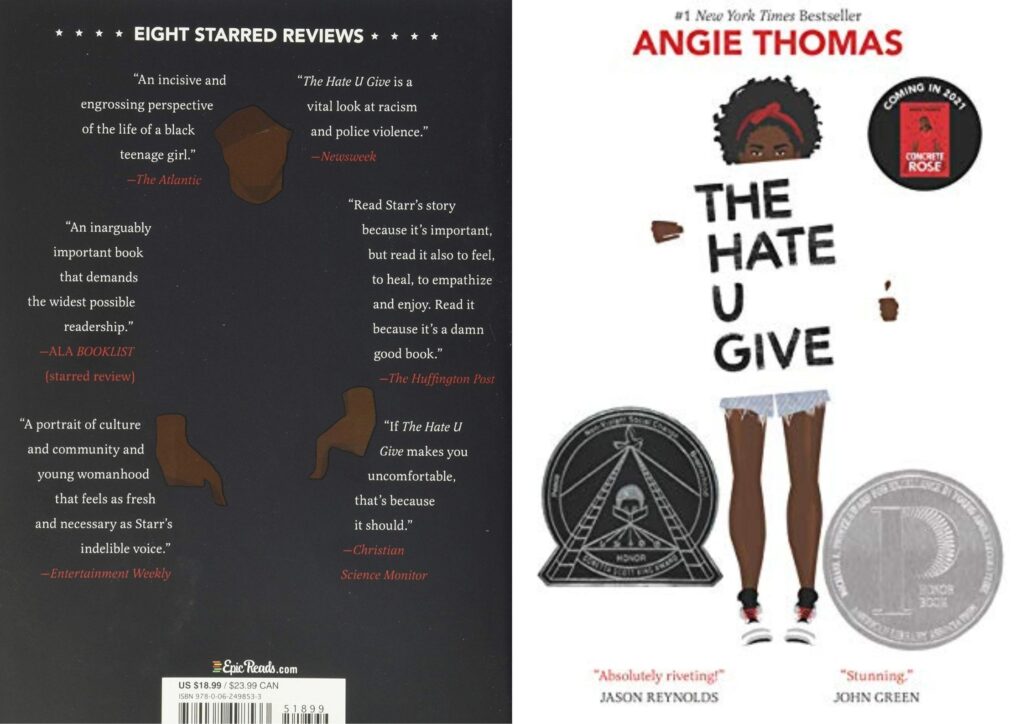
Language Benefits: This contemporary novel exposes our students to code-switching (moving between different language varieties), authentic dialogue, and powerful narrative techniques that build empathy. The contrasting language between Starr’s neighbourhoods demonstrates how communication adapts to social context. Our students develop greater linguistic flexibility and awareness of how language reflects identity and community membership – vital skills for navigating diverse university and workplace environments.
Character Development: Starr’s journey teaches moral courage, finding one’s voice, and standing up for justice even when it’s difficult. The protagonist’s struggle to reconcile different aspects of her identity resonates strongly with teenagers developing their own authentic voices amid various social pressures.
Discussion Points We Recommend: Explore how your teen navigates different social environments. Do they present themselves differently in various contexts? What would finding their authentic voice look like? Our students often report that this book helps them articulate challenges they’ve experienced but previously struggled to name.
6. “Man’s Search for Meaning” by Viktor Frankl
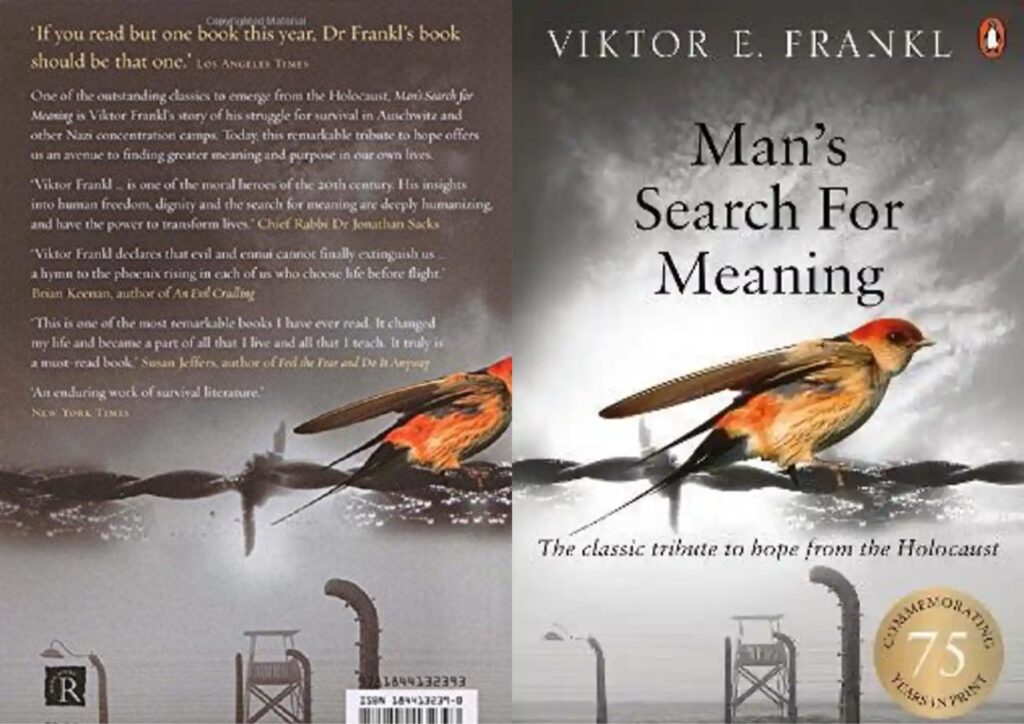
Language Benefits: Frankl’s memoir introduces our students to psychological terminology, philosophical concepts, and academic discourse. The clear exposition of complex ideas provides an excellent model for analytical writing required in university. The blend of personal narrative with psychological theory demonstrates how to effectively integrate experience and abstract concepts – a sophisticated skill demanded by university-level writing in humanities and social sciences.
Character Development: This profound work demonstrates human resilience in unimaginable circumstances. We’ve seen teenagers learn that even in life’s most difficult moments, they retain the freedom to choose their response – a powerful lesson about personal responsibility. In an age when many young people report feeling overwhelmed by global and personal challenges, Frankl’s insights offer a framework for maintaining agency and purpose despite circumstances.
Discussion Points We Recommend: Discuss challenging situations your teen has faced. How did they find meaning during those times? What values sustained them? Our students consistently report that this book provides language for discussing existential questions that deeply matter to teenagers but often go unaddressed in standard curricula.
7. “The Great Gatsby” by F. Scott Fitzgerald

Language Benefits: Fitzgerald’s lyrical prose introduces our students to masterful metaphors, vivid imagery, and symbolic storytelling. The novel’s exploration of the American Dream expands vocabulary related to wealth, social class, and aspiration. We’ve found that studying Fitzgerald’s techniques significantly improves our students’ descriptive writing, helping them create atmosphere and evoke emotion through carefully chosen language.
Character Development: This cautionary tale helps teenagers understand the emptiness of materialism, the danger of obsession, and the importance of authentic relationships. We’ve found these lessons especially valuable as teens consider future careers and life priorities. The novel’s critique of wealth without purpose often prompts meaningful discussions about how success should be defined beyond financial metrics – particularly relevant as students consider university and career paths.
Discussion Points We Recommend: Explore modern parallels to Gatsby’s pursuit of wealth and status. How do social media and celebrity culture perpetuate similar values today? Our students often draw insightful connections between Gatsby’s carefully curated image and contemporary influencer culture.
8. “Educated” by Tara Westover
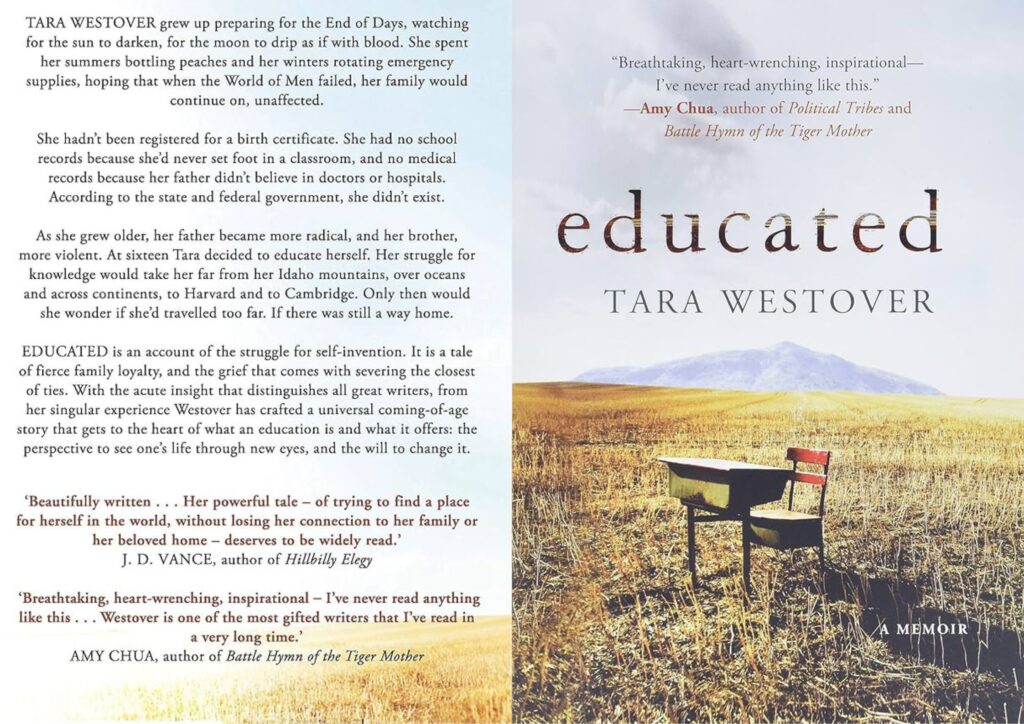
Language Benefits: This contemporary memoir demonstrates exceptional narrative structure, reflective writing, and the power of education to transform communication abilities. In our tutoring, we’ve seen how Westover’s journey from isolation to intellectual freedom inspires language development. Her evolution as a writer within the text itself provides a powerful model of how education expands one’s capacity for self-expression and critical thinking.
Character Development: Few books better illustrate the transformative power of education and self-determination. We’ve witnessed teenagers learn about setting boundaries, overcoming limiting beliefs, and the courage required to chart one’s own path. Westover’s journey resonates particularly with students who face obstacles to their educational aspirations, demonstrating how persistence and curiosity can overcome significant barriers.
Discussion Points We Recommend: Discuss what education means to your teen beyond grades and credentials. How has learning changed their perspective or opened doors? Our students often reflect on their own educational journey through the lens of this powerful memoir, gaining clarity about their motivations and aspirations.
9. “Things Fall Apart” by Chinua Achebe

Language Benefits: Achebe’s novel introduces our students to postcolonial literature, cultural proverbs, and narrative techniques that bridge oral and written traditions. The integration of Igbo vocabulary expands linguistic awareness beyond Western contexts. Our students develop greater sensitivity to the relationship between language and cultural identity, while also appreciating how storytelling traditions vary across cultures.
Character Development: This complex portrayal of cultural conflict helps teenagers develop nuanced thinking about tradition versus change, strength versus rigidity, and the consequences of failing to adapt. We’ve seen these lessons translate directly to their rapidly changing world. Okonkwo’s tragic inability to adapt offers profound insights into the dangers of inflexibility and the importance of balancing tradition with necessary evolution.
Discussion Points We Recommend: Explore what traditions are important in your family and community. Which deserve preservation, and where might adaptation be necessary? Our students often report that this book helps them appreciate cultural heritage while critically examining assumptions about “progress” and “tradition.”
10. “A Brief History of Time” by Stephen Hawking
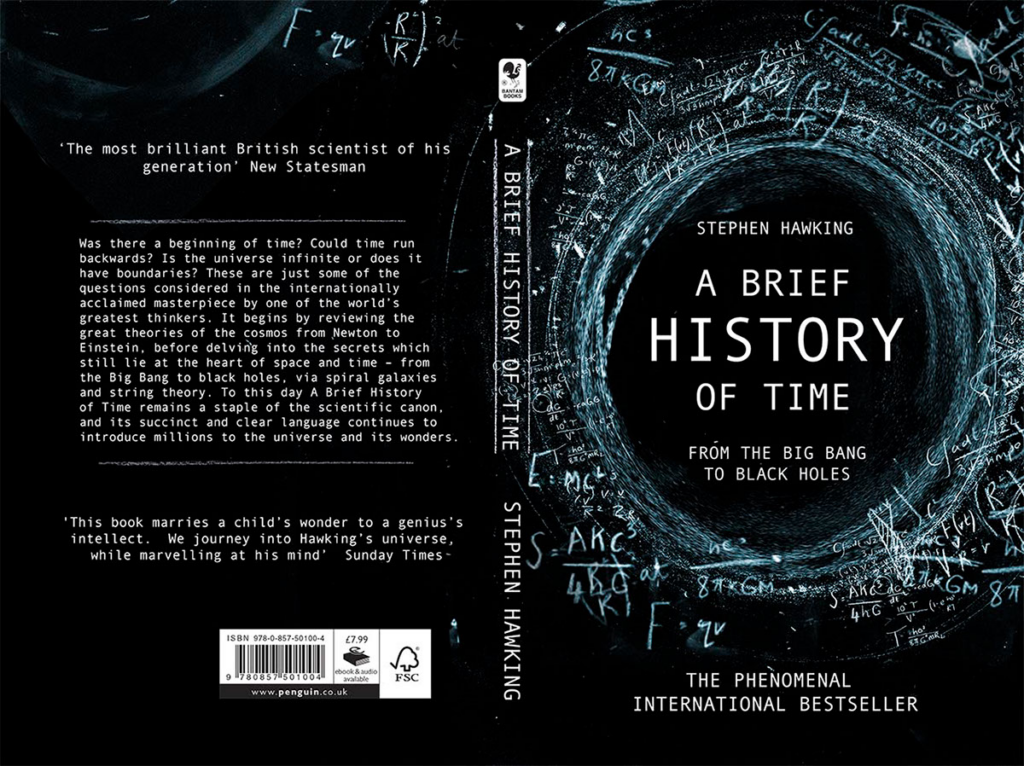
Language Benefits: While not fiction, we’ve found Hawking’s masterpiece demonstrates how complex scientific concepts can be communicated clearly to non-specialists. Our students develop vocabulary related to physics, cosmology, and scientific inquiry while learning to explain difficult ideas. The book models how to make complex topics accessible without sacrificing accuracy – a valuable skill for academic writing across disciplines.
Character Development: This book inspires intellectual curiosity, demonstrates the power of persistence (considering Hawking’s personal challenges), and encourages big-picture thinking about humanity’s place in the universe. Students develop comfort with ambiguity and unanswered questions – a crucial trait for advanced academic work and lifelong intellectual growth.
Discussion Points We Recommend: Ask your teen which scientific questions most intrigue them. How might pursuing such questions lead to personal growth or even career paths? We’ve found that this book often ignites passion for interdisciplinary thinking that combines humanities and sciences.
How We at Curio Can Help

Our experienced English tutors can guide your teenager through these influential works, helping them analyse themes, understand complex language, and apply lessons to their own writing and thinking. Our specialised literature sessions complement these independent reading choices, creating a comprehensive approach to English mastery.
We don’t just teach English skills – we foster the critical thinking, emotional intelligence, and ethical reasoning that great literature inspires. Through our personalised guidance, we help transform reading from a school requirement into a lifelong passion.
Conclusion: Beyond English Skills
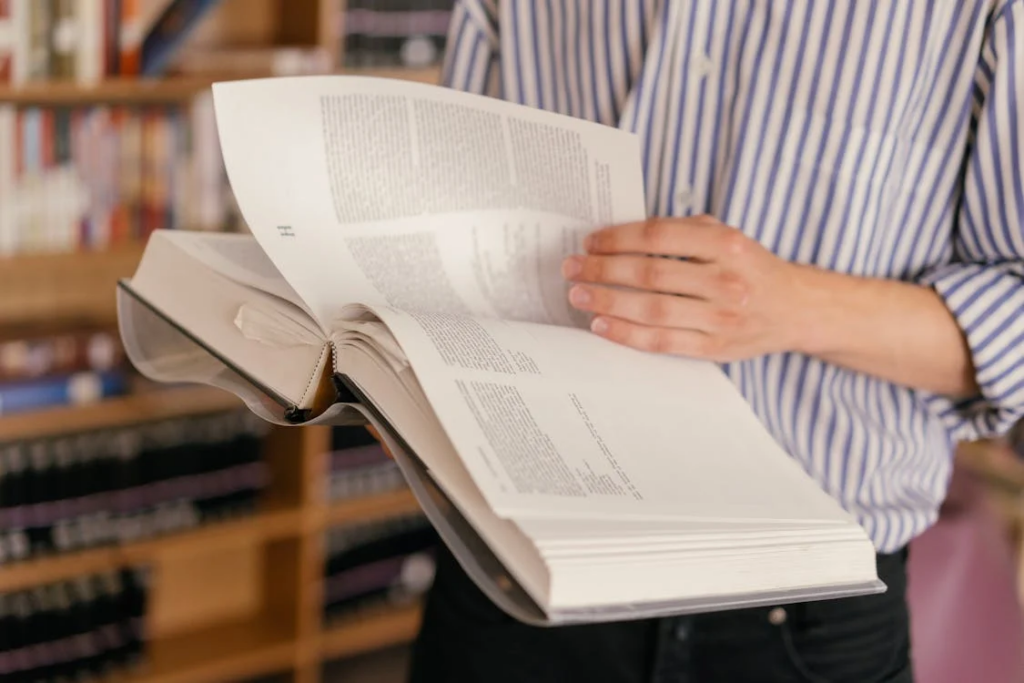
While these ten books undoubtedly strengthen vocabulary, comprehension, and analytical abilities, we’ve seen their true power in shaping character during these formative years. The empathy developed by walking in diverse characters’ shoes, the moral reasoning practised when evaluating complex situations, and the resilience inspired by witnessing literary characters overcome obstacles – these benefits extend far beyond academic success.
By encouraging your teenager to engage with these transformative works, you’re investing in both their intellectual development and their growth as compassionate, thoughtful human beings. The language skills gained will certainly benefit exam results and university applications, but the character strengths developed will serve them throughout life.
Contact us at Curio today to learn how our specialised English programmes can support your teenager’s journey through these influential books and beyond. Our tutors are passionate about literature’s transformative potential and eager to help your teen discover the perfect books to advance both their academic skills and personal growth.
Looking to deepen your English skills further? Explore our specially designed study guide here.

